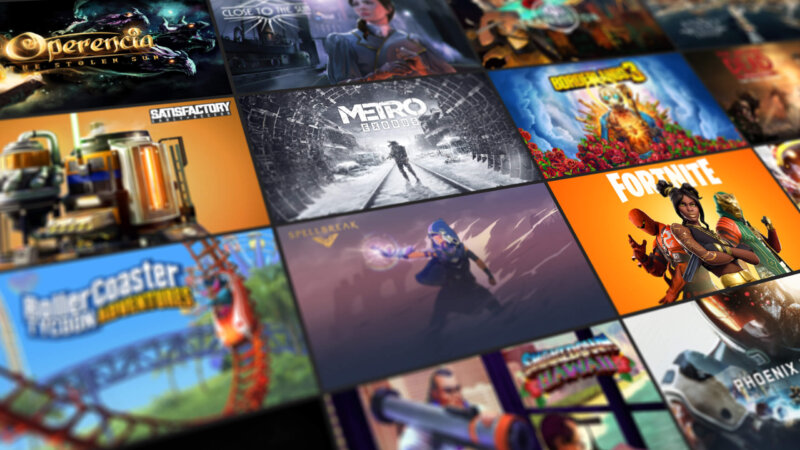

A document released as a display in Apple’s lawsuit against Epic on Monday showed that Epic had invested more than $ 11.6 million in free games during its first nine months of operation (December 2018 to September 2019).
GameDiscoverCo founder Simon Carless posted this image on Twitter today. He explained that the document was one of several documents that were released prematurely. They weren’t meant to go public until later in the trial, but were mistakenly included with Epic’s documents, which were released today. All the documents were quickly removed from the archive, but it appears that they have already been restored.
The full document shows a very interesting snapshot from the early days of the Epic Store and reveals the huge gap in buying various games for gifts. For example, Edmund McMillen’s “The End is Nigh ” was worth $ 200,000, and Annapurna’s What What Remains of Edith Finch only earned $ 125,000. Epic paid $ 350,000 for PlayDead for Limbo and $ 800,000 for Inside, but Alan Wake only guaranteed $ 150,000.
The top getter was Batman: Arkham trilogy, which cost Epic $1.5 million, followed closely by Subnautica, at $1.4 million; the best bargain (for Epic, that is) was Metro 2033 Redux, which Deep Silver apparently decided to throw in for free.
However,more interesting than the epic money spent on these gifts is the column “UA Cost” (also known as “user acquisition”), which is the purchase price divided by the number of new Epic Store accounts that each game attracted. Independent developer Rami Ismail said on Twitter that this indicator shows that indie games are a big part of attracting audiences – big releases like Arkham games attract a lot of raw data, but games like Oxenfree, Hyper Light Drifter, Super Meat Boy add up—and at a fraction of the cost, too.
Despite all these costs and the number of users who created accounts in exchange for free games, the real impact of regular givaways appears to be relatively small. The document shows that at least 7% of EGS users who have bought at least one free game have also bought it through the store, which is not an impressive conversion rate for me.
The numbers are only through mid-2019, which means the doc doesn’t tell us how much Epic spent on some high-end giveaways in 2020, like Grand Theft Auto 5, and if Epic’s UA costs have started to rise significantly more that time. If your main goal is to attract new users, declining returns means doing so will become increasingly difficult, and you have to consider the cost of continuing to do so at some point.
No matter how you decide to run weekly giveaways for years to come, there’s still a long way to go before the Epic Games Store stops burning money – CEO Tim Sweeney admitted in April that the Epic Store is currently unprofitable because “it has front-loaded its marketing and user acquisition costs to gain market share.”He expects it won’t start generating revenue until 2027.









